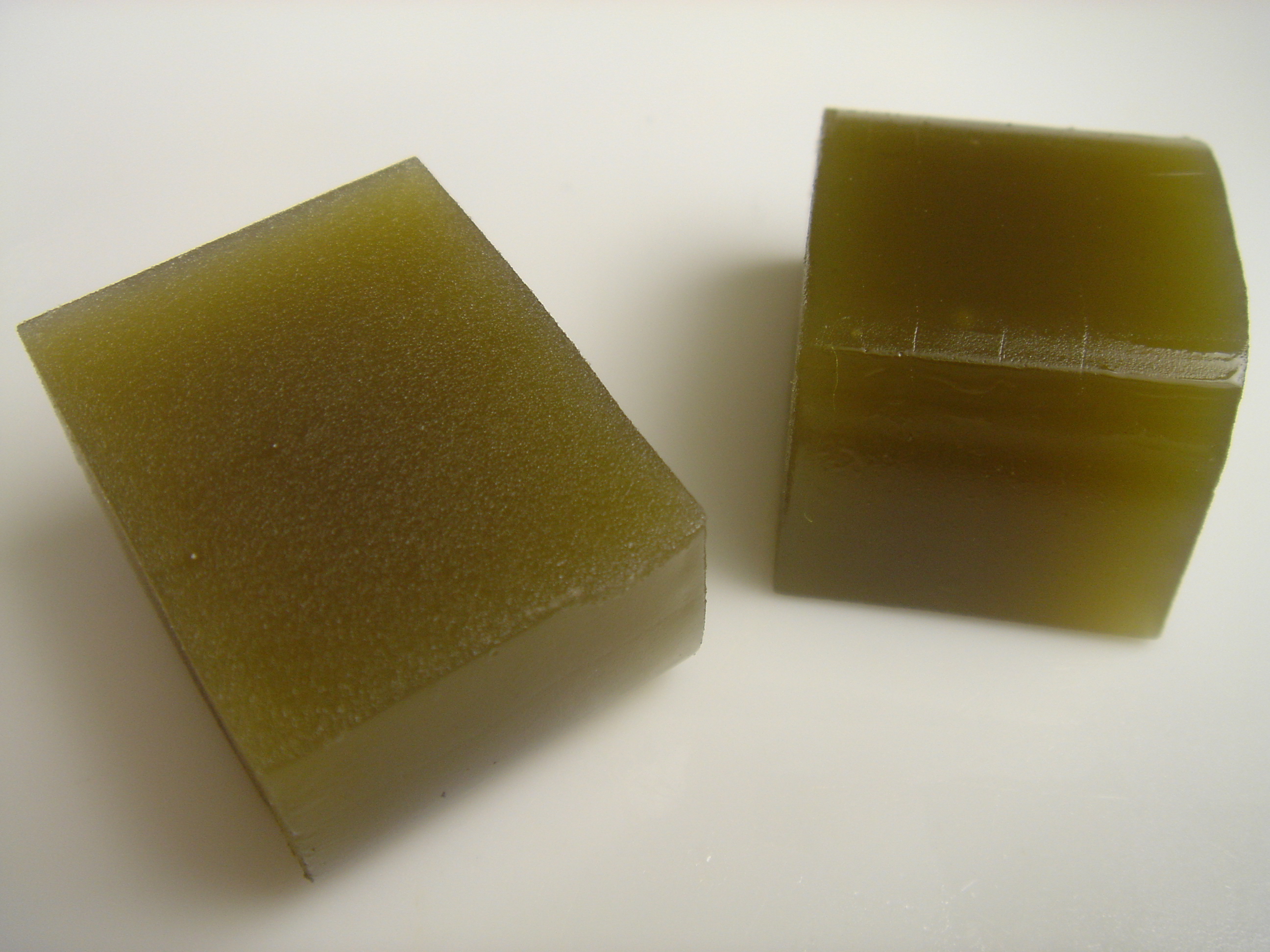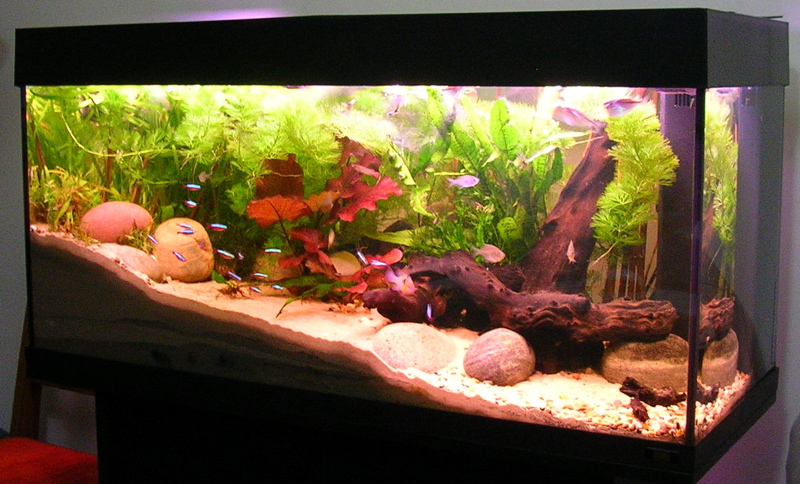|
Shrimp Mix
Shrimp mix, also known as European shrimp mix, is a frozen fish feed used for fish with special dietary requirements, e.g. ''Tropheus'', which are difficult to maintain using normal fish feed. The basic version is intended for herbivorous fish and is made by blending equal amounts of whole shrimp and green peas to a smooth paste, adding a vitamin supplement, and using either agar-agar or gelatin as binder. There are numerous variants tailored to the specific needs of different species. Common variants replace part of the shrimp or peas with fish meat, spinach, spirulina, or mussel meat, and add astaxanthin, ascorbic acid, or garlic. See also * Aquarium fish feed * Commercial fish feed Manufactured feeds are an important part of modern commercial aquaculture, providing the balanced nutrition needed by farmed fish. The feeds, in the form of granules or pellets, provide the nutrition in a stable and concentrated form, enabling t ... References {{shrimps and prawns, state=col ... [...More Info...] [...Related Items...] OR: [Wikipedia] [Google] [Baidu] |
Tropheus
''Tropheus'' is a small genus of at least six species of cichlids endemic to Lake Tanganyika in East Africa. The genus is widespread across all regions of Lake Tanganyika, from Burundi in the north to Zambia in the south. Males and females are relatively similar in color, with only subtle sexual dimorphism in the form of the male's larger size. All species are maternal mouthbrooders, with the females caring for their eggs and fry in their mouths; this characteristic provides their generic name, ''Tropheus'', which comes from the Greek '' trophos'', which means "to nurse" or, according to Boulenger, "one who rears, brings up, educates". The genus is fished lightly by the local population, but has never become a staple food fish due to its relatively small size and its habitat, which enables it to dart between rocks when threatened. Most species occur along the coastal fringes of the lake at depths less than 3 m. These rocky shores, with numerous rocky outcroppings and boulde ... [...More Info...] [...Related Items...] OR: [Wikipedia] [Google] [Baidu] |
Agar-agar
Agar ( or ), or agar-agar, is a jelly-like substance consisting of polysaccharides obtained from the cell walls of some species of red algae, primarily from ogonori ('' Gracilaria'') and "tengusa" ('' Gelidiaceae''). As found in nature, agar is a mixture of two components, the linear polysaccharide agarose and a heterogeneous mixture of smaller molecules called agaropectin. It forms the supporting structure in the cell walls of certain species of algae and is released on boiling. These algae are known as agarophytes, belonging to the Rhodophyta (red algae) phylum. The processing of food-grade agar removes the agaropectin, and the commercial product is essentially pure agarose. Agar has been used as an ingredient in desserts throughout Asia and also as a solid substrate to contain culture media for microbiological work. Agar can be used as a laxative; an appetite suppressant; a vegan substitute for gelatin; a thickener for soups; in fruit preserves, ice cream, and ... [...More Info...] [...Related Items...] OR: [Wikipedia] [Google] [Baidu] |
Spirulina (dietary Supplement)
Spirulina is a biomass of cyanobacteria (blue-green algae) that can be consumed by humans and animals. The three species are '' Arthrospira platensis'', ''A. fusiformis'', and ''A. maxima''. Cultivated worldwide, '' Arthrospira'' is used as a dietary supplement or whole food. It is also used as a feed supplement in the aquaculture, aquarium, and poultry industries.Vonshak, A. (ed.). ''Spirulina platensis (Arthrospira): Physiology, Cell-biology and Biotechnology.'' London: Taylor & Francis, 1997. Etymology and ecology The species ''A. maxima'' and ''A. platensis'' were once classified in the genus ''Spirulina''. The common name, spirulina, refers to the dried biomass of ''A. platensis'', which belongs to photosynthetic bacteria that cover the groups Cyanobacteria and Prochlorophyta. Scientifically, a distinction exists between spirulina and the genus ''Arthrospira''. Species of ''Arthrospira'' have been isolated from alkaline brackish and saline waters in tropical ... [...More Info...] [...Related Items...] OR: [Wikipedia] [Google] [Baidu] |
Astaxanthin
Astaxanthin is a keto-carotenoid within a group of chemical compounds known as terpenes. Astaxanthin is a metabolite of zeaxanthin and canthaxanthin, containing both hydroxyl and ketone functional groups. It is a lipid-soluble pigment with red coloring properties, which result from the extended chain of conjugated (alternating double and single) double bonds at the center of the compound. Astaxanthin is produced naturally in the freshwater microalgae '' Haematococcus pluvialis'' and the yeast fungus ''Xanthophyllomyces dendrorhous'' (also known as ''Phaffia rhodozyma''). When the algae are stressed by lack of nutrients, increased salinity, or excessive sunshine, they create astaxanthin. Animals who feed on the algae, such as salmon, red trout, red sea bream, flamingos, and crustaceans (shrimp, krill, crab, lobster, and crayfish), subsequently reflect the red-orange astaxanthin pigmentation. Astaxanthin is used as a dietary supplement for human, animal, and aquaculture ... [...More Info...] [...Related Items...] OR: [Wikipedia] [Google] [Baidu] |
Ascorbic Acid
Vitamin C (also known as ascorbic acid and ascorbate) is a water-soluble vitamin found in citrus and other fruits and vegetables, also sold as a dietary supplement and as a topical 'serum' ingredient to treat melasma (dark pigment spots) and wrinkles on the face. It is used to prevent and treat scurvy. Vitamin C is an essential nutrient involved in the repair of tissue, the formation of collagen, and the enzymatic production of certain neurotransmitters. It is required for the functioning of several enzymes and is important for immune system function. It also functions as an antioxidant. Most animals are able to synthesize their own vitamin C. However, apes (including humans) and monkeys (but not all primates), most bats, some rodents, and certain other animals must acquire it from dietary sources. There is some evidence that regular use of supplements may reduce the duration of the common cold, but it does not appear to prevent infection. It is unclear whether s ... [...More Info...] [...Related Items...] OR: [Wikipedia] [Google] [Baidu] |
Aquarium Fish Feed
Aquarium fish feed is plant or animal material intended for consumption by pet fish kept in aquariums or ponds. Fish foods normally contain macronutrients, trace elements and vitamins necessary to keep captive fish in good health. Approximately 80% of fishkeeping hobbyists feed their fish exclusively prepared foods that most commonly are produced in flake, pellet or tablet form. Pelleted forms, some of which sink rapidly, are often used for larger fish or bottom feeding species such as loaches or catfish. Some fish foods also contain additives such as sex hormones or beta carotene to artificially enhance the color of ornamental fish. Prepared foods Prepared foods are those foods that are non-living and are made by the aquarist or bought already prepared for consumption for fish. Dry foods Flake food is a type of proprietary or artificially manufactured fish food consumed by a wide variety of tropical and saltwater fish and invertebrates. It is ideally suited to top ... [...More Info...] [...Related Items...] OR: [Wikipedia] [Google] [Baidu] |
Commercial Fish Feed
Manufactured feeds are an important part of modern commercial aquaculture, providing the balanced nutrition needed by farmed fish. The feeds, in the form of granules or pellets, provide the nutrition in a stable and concentrated form, enabling the fish to feed efficiently and grow to their full potential. Many of the fish farmed more intensively around the world today are carnivorous, for example Atlantic salmon, trout, sea bass, and turbot. In the development of modern aquaculture, starting in the 1970s, fishmeal and fish oil were key components of the feeds for these species. They are combined with other ingredients such as vegetable proteins, cereal grains, vitamins and minerals and formed into feed pellets. Wheat, for example, is widely used as it helps to bind the ingredients in the pellets. Other forms of fish feed being used include feeds made entirely with vegetable materials for species such as carp, moist feeds preferred by some species (easier to make but more difficu ... [...More Info...] [...Related Items...] OR: [Wikipedia] [Google] [Baidu] |
Fishkeeping
Fishkeeping is a popular hobby, practiced by aquarists, concerned with keeping fish in a home aquarium or garden pond. There is also a piscicultural fishkeeping industry, serving as a branch of agriculture. Origins of fishkeeping Fish have been raised as food in pools and ponds for thousands of years. Brightly colored or tame specimens of fish in these pools have sometimes been valued as pets rather than food. Many cultures, ancient and modern, have kept fish for both functional and decorative purposes. Ancient Sumerians kept wild-caught fish in ponds, before preparing them for meals. Depictions of the sacred fish of Oxyrhynchus kept in captivity in rectangular temple pools have been found in ancient Egyptian art. Similarly, Asia has experienced a long history of stocking rice paddies with freshwater fish suitable for eating, including various types of catfish and cyprinid. Selective breeding of carp into today's popular and completely domesticated koi and fancy gold ... [...More Info...] [...Related Items...] OR: [Wikipedia] [Google] [Baidu] |






